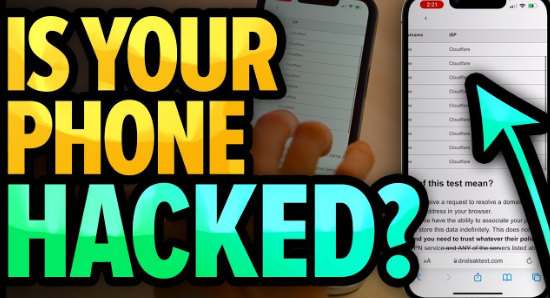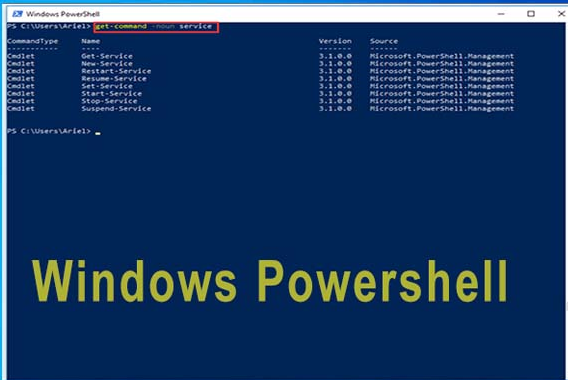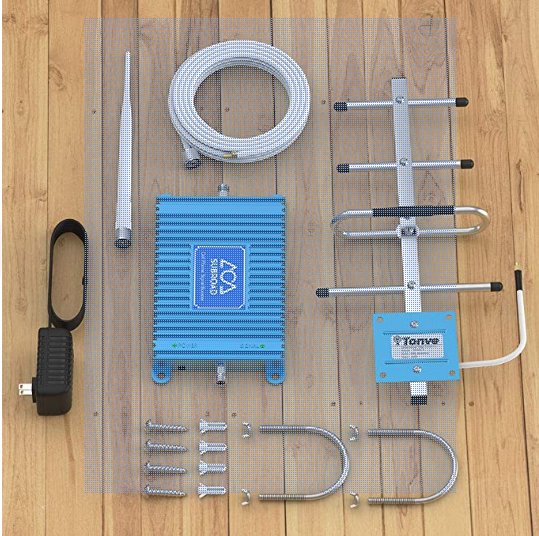How to Bypass the Barracuda Web Filter at School?

There are a few ways that you can bypass the Barracuda Web Filter at school. However, before trying any of these methods, it is important to check with your school’s IT department to make sure that they allow this type of activity. Some schools do not allow their students to bypass the web filter, so it is always best to check first.
If your school does allow it, here are a few ways that you can bypass the Barracuda Web Filter at school.
Look for an open proxy server
There are many free proxy servers available online
Enter the URL of the website you want to visit into the proxy server’s address bar
Click “Go” or “Surf” to access the site
If the Barracuda Web Filter is still blocking access, try a different proxy server
How Do I Disable Barracuda Web Filter?
If you’re looking to disable the Barracuda Web Filter, there are a few different methods you can use. For most users, the easiest method is to simply log into the web interface and disable the filter from there. However, if you’re looking for a more permanent solution or if you’re having trouble logging in, you can also disable the filter by editing your registry settings or by using a third-party utility.
Logging into the Web Interface:
1. Open your browser and navigate to http://barracudawebfilter.local:8000/.
2. Enter your username and password when prompted.
If you don’t know your login credentials, contact your administrator.
3. Click on “Web Filter” in the left-hand menu.
4. Click on “Policy Manager” in the top menu bar.
5. Select the policy that you want to modify from the drop-down menu (if there is more than one). 6a. To disable filtering entirely, select “Disable Filtering” from the “Action” drop-down menu and click “Update”.
6b. To selectively disable filtering for specific categories, uncheck the boxes next to those categories and click “Update”.
How Do You Override Barracuda?
There are a few ways that you can override Barracuda. The most common way is to use a different DNS server. You can also use a VPN or proxy server.
How Do You Get Past a Web Filter?
There are a few ways to get around a web filter. One way is to use a proxy server. A proxy server is a computer that sits between your computer and the internet.
When you use a proxy server, your requests go through the proxy server first. The proxy server then makes the request to the website on your behalf and sends back the response to you. This means that the website never sees your IP address, only the IP address of the proxy server.
Another way to get around a web filter is to use a VPN (Virtual Private Network). A VPN encrypts all of your traffic and routes it through an intermediary server in another location. This means that your traffic is encrypted and secure from anyone who might be trying to snoop on it, including your ISP (Internet Service Provider) or government agencies.
The last way to get around a web filter is to simply use Tor (The Onion Router). Tor is free software that routes traffic through multiple servers before it reaches its destination website.
How Do I Allow a Website Through Barracuda?
Assuming you are referring to the Barracuda web security gateway, there are a few ways to allow a website through the firewall. If you know the IP address of the website, you can add it to the “Allowed IP Addresses” list in the “Network” tab of the Barracuda interface. You can also add entire ranges of IP addresses if needed.
If you don’t know the IP address, but know the domain name, you can add that to the “Always Allow Domains” list under the “Web Filtering” tab. Another way to allow a website is to create an exception for it in your web filtering policy. For example, if you have a general rule blocking all websites in the “Entertainment” category, but want to allow one specific site, you can create an exception for that site.
Exceptions take priority over general rules, so this will allow traffic to that site while still blocking other sites in that category. You can also bypass authentication for specific sites by adding them to the “Authentication Bypass List” under the “Authentication” tab. This is useful if you have Single Sign-On configured and want users to be able to access certain sites without having to enter their credentials again.
Finally, if you need more granular control over which users can access which sites, you can create explicit allow or deny rules under either the User/Group or Policy tabs. These rules take precedence over everything else, so they’re great for fine-tuning your configuration.
How to Remove Barracuda Web Filter?
Barracuda Web Filter is a web filtering and security solution that helps organizations block access to malicious and inappropriate websites. It also provides protection against web-based attacks such as phishing, viruses, and spyware. Barracuda Web Filter can be deployed as a physical appliance or as a virtual appliance.
To remove Barracuda Web Filter from your system, follow these steps:
1. Log into the administration console of your Barracuda Web Filter appliance.
2. Go to the “System” tab and then click on the “Advanced” link.
3. In the “Advanced Settings” section, scroll down to the “Security” category and expand it.
4. Under the “Security” category, find the setting for “Enable Secure Delete.” By default, this setting is disabled.
Change it to “Enabled.” This will enable secure deletion of data when you uninstall Barracuda Web Filter from your system later on in these instructions .
5. Click on the blue “Save Changes” button at the bottom of the page..
6. Reboot your Barracuda appliance for changes to take effect by going to the System tab and clicking on reboot now under actions
7 Now that secure delete is enabled we need to gather some info before uninstalling
8 Go back to system tab
9 select license
10 copy serial number somewhere safe
11 go back one page
12 select support
13 generate diagnostic
14 send diagnostic
15 open ticket with barracuda support
16 include in ticket that you are uninstalling product and need decryption key
17 they will reply with key
18 come back here
19 continue with instructions
20 With decryption key in hand we are ready to start
21 again go back too system tab
22 expand hard drive options
23 select erase all data
24 enter y for yes
25 enter decryption key
26 hit return
27 pay close attention too status messages
28 once done it will say complete
29 shutdown server
30 physically remove drives
31 That’s it!
How to Bypass Contentkeeper?
If you are looking to bypass Contentkeeper, there are a few things that you can try. First, you can try using a proxy server. A proxy server will allow you to access websites that are blocked by Contentkeeper.
There are many free proxy servers available on the Internet. Just do a search for “free proxy servers” and you should be able to find one that works for you. Another way to bypass Contentkeeper is to use a VPN.
A VPN will encrypt your traffic and route it through another server, making it appear as if you are accessing the Internet from another location. This can be useful if Contentkeeper is blocking certain websites based on your IP address. Again, there are many free and paid VPN services available.
Just do a search for “VPN” and you should be able to find one that meets your needs. Finally, if all else fails, you can always try contacting the website that is being blocked by Contentkeeper and asking them to whitelist your IP address or add an exception for your account.
Vpngate
VPN Gate is a free and open-source software application that implements virtual private network (VPN) techniques to create secure point-to-point or site-to-site connections in routed or bridged configurations and remote access facilities. It was created as an academic experiment by the Graduate School of University of Tsukuba, Japan. The VPN Gate project provides volunteer servers around the world and promotes research on emerging VPN technologies.
The core technology used in this project is SoftEther VPN, which is developed by Daiyuu Nobori, the founder of the project. SoftEther VPN is a multi-protocol VPN server that supports OpenVPN, L2TP/IPsec, SSTP and MS-SSTP protocols. The advantage of using these protocols instead of the more common PPTP protocol is that they are more resistant to blocks by ISPs.
The main goal of VPN Gate is to promote research on new technologies for creating Virtual Private Networks (VPNs). In addition, it also hopes to foster an environment where people can share their knowledge about existing VPN products and services.
Hotmail Proxy
When it comes to accessing your Hotmail account, there are a few different ways that you can do so. One of those ways is by using a proxy server. A proxy server essentially acts as a middleman between your computer and the Hotmail servers.
By using a proxy, you can change your IP address and thus make it appear as though you are accessing Hotmail from another location. This can be helpful if you want to access your account from a different country or if you want to bypass any restrictions that may be in place on your current network. There are a few things to keep in mind when using a proxy server with Hotmail.
First, not all proxies will work with Hotmail – so you may need to experiment with a few before finding one that works. Second, even if you find a working proxy, there is no guarantee that it will remain working for long – so don’t rely on it as your only means of accessing your account. Finally, remember that when using a proxy server, your traffic is not encrypted – so anyone who has access to the proxy server will be able to see any information that you send or receive through Hotmail.
If you decide to use a proxy server to access Hotmail, there are two main ways to go about it. The first is to find and use an onlineproxy service. These services usually have lists of available proxies that you can choose from.
The downside of this approach is that many of these services are unreliable and often don’t work with Hotmail (or other web-based services). Additionally, they tend to be slow and can introduce latency into your connection. The second approach is to manually configure a standaloneproxy server on your own computer (or on a remote server).
This requires more technical knowledge but provides several benefits over using an online service. First, by hosting the proxy yourself, you have full control over its reliability and speed.
Conclusion
If you are trying to bypass the Barracuda web filter at school, there are a few things you can try. One is to use a proxy server. You can find these online, and they will allow you to access blocked websites.
Another option is to use a VPN. This will encrypt your traffic, making it more difficult for the filter to block. Finally, you can try using Tor.
This is a free software that routes your traffic through multiple servers, making it very difficult to block.





